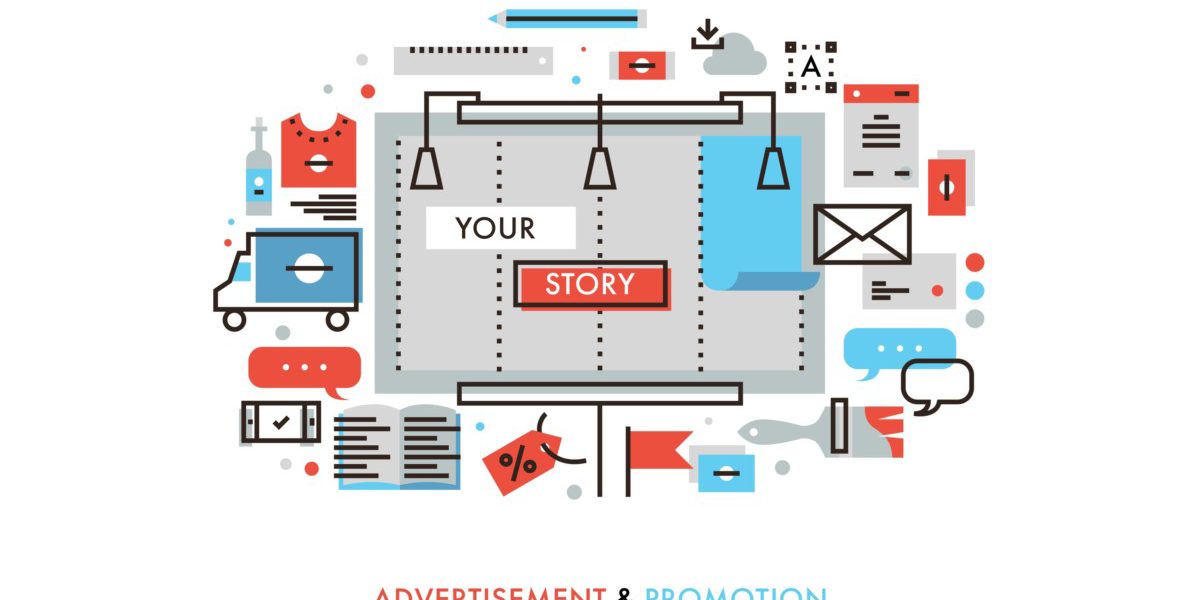Your website can make or break your business.
In a previous post, we discussed why, as a business owner, you absolutely need to have a website. It is truly vital in this day and age.
So you’re running a business, and you’ve set up a website to promote your products and services.
Here’s a question: exactly what content should you put on your website?
Of course, there are the obvious things: the name of your company, the products and services you offer, contact information, etc. Yes, these things are vital, but that’s far from the whole story.
You need a proper content strategy.
A solid and well-defined content strategy will make your website work for you. It will create the desired connection with your website visitors, and this leads to trust.
Trust is vital for successful marketing.
Your content strategy should address the following question:
What is the main purpose of my website, and what sort of content do I need to support that purpose?
In this blog post, I will explain why you need a content strategy, and also show you the key elements of a successful content strategy.
At the end of this post, I have included a free resource for you that will help you create your very own content strategy, one that is tailored to your own business. My free Content Strategy Blueprint gives you an easy step-by-step way to create a successful content strategy for your business. Don’t forget to claim your free copy after reading this blog post. You’ll find the link at the end of the post.
First, what is content?
There are different business reasons for having a website. For example, if the main purpose of your website is to raise awareness of your expertise, you will want to ensure that you include a lot of content that supports this purpose. A good way to do this would be to include a blog, where you write articles to showcase your expertise and credibility. On the other hand, if you want your website simply as a place to display your products and services, you might not see the need for a blog. You might focus instead on content that explains in detail what you are offering to your visitors.
But it’s not one or the other. A website can serve many purposes. Even so, it is always prudent to prioritise one purpose above all the others, and to gear your content towards that. Even if your website serves more than just that one purpose.
Before I say more on ‘content strategy’, it is important first to answer the question: what is content?
Content is everything that appears on your website. Primarily it is the written text. For sure, when many people talk about website content, they refer mainly to the written text. But content goes beyond that. It includes multimedia, such as videos and podcasts. It includes images, links, widgets, forms, and buttons.
Generally, content covers everything on your website that conveys a message to your readers.
In thinking about website content, we should focus not only on what we write or include on a web page, but also on matters such as, where (on the website) we place the content, how we style it, and how often (if at all) we update it. All of these should be borne in mind, as part of good content strategy.
First and foremost, we should consider the user experience. We write primarily for the user, and not for ourselves. So the writing style and vocabulary must match that of your target readership. For example, don’t use technical jargon if your target reader would likely not understand those terms.
When preparing content for your website, it is not a good idea to dive straight in. It is important to take a step back, and address the question I posed above:
What is the main purpose of your website, and what sort of content do you need to support that purpose?
In answering this question, you will need to consider the following:
(1) What does my customer really want, and how can I provide it through my website?
Even if you are not selling directly through your website, this question is still important. In such a case, you should provide information that should show your customer how he can make the purchase offline.
This question also requires that you scrutinize your content plan carefully to ensure you include only content that is useful for your reader. Many websites include information that is of interest only within the company itself (for example, messages from the CEO that have no direct relevance for the customer). I generally advise against this, but if you absolutely must include such content, don’t put it on the front page. Put it on another page (which should be clearly labelled for what it is), and make sure it does not interrupt the visitor’s experience.
(2) How can I establish credibility through my content?
This is wide-ranging, and covers matters such as whether or not you should have a blog, how to write your company’s profile, and even the language with which you address your customer.
This also covers matters such as whether your website is seen as out of date. For example, I’ve lost count of the number of websites I’ve seen with a ‘Latest News’ section, where the latest news item was something that happened several years before! This sort of thing creates doubt in the mind of your visitor.
Similarly, if you have a blog, make sure it is updated regularly. It doesn’t have to be updated daily, or even weekly, but make sure that there are signs of life in your blog. Choose a schedule that works for you. Create an editorial calendar, and stick to it.
(Even the technology of your website can speak volumes here. In this day and age, it does not play well for your credibility if you have a website that does not optimize itself properly for smartphone screens.)
As part of your content strategy, you should create a plan for regular maintenance and updating of your website, whether or not you have a blog.
(3) What form should my content take?
This depends on the market you’re in. Of course, if you’re a photographer and you run a blog, it makes the most sense that your content would consist mainly of images – very likely pictures you have taken, as this would enhance your credibility. It would make more sense to do this than to have a website filled with words, with only the occasional picture. On the other hand, some businesses will be more suited to a website dominated by text. This is certainly the case here at Harcourt Lane. We are a marketing and communications consultancy, and a lot of our work involves writing content for our clients. So we showcase our writing skills throughout our website. This makes more sense for us than having a website filled with images or video.
(4) Will my content always work for me?
Creating your website content is just the first step. You should also have a plan to ensure your content is supported. This means that it should be reviewed periodically to ensure it is still serving the needs of your user, and, as a consequence, the needs of your business.
Also, as discussed above, your content must be kept up to date, whether or not you blog. Out-of-date content will surely undermine customer confidence.
It is good practice to appoint someone who will have responsibility for maintaining your content. This would involve responsibility for ensuring that your content remains centred on the needs of your user, that it serves your business purpose, and that it establishes your credibility. This person would also be responsible for setting up and maintaining the editorial calendar, as well as your blog (if you have one). He may not write all the content himself, but will have a solid plan to procure the right content for you. Some companies hire an employee to do this work, while others choose an external agency. At Harcourt Lane, we have several clients for whom we perform this service.
Conclusion
In today’s business environment, having a website is vital to your success. However, you also need a sound content strategy, so that your website can work for you. Your content strategy should make sure that your website supports the needs of your customer, and also establishes your credibility. Setting up a website is great for your business. Having a sound content strategy will bring you success.




















